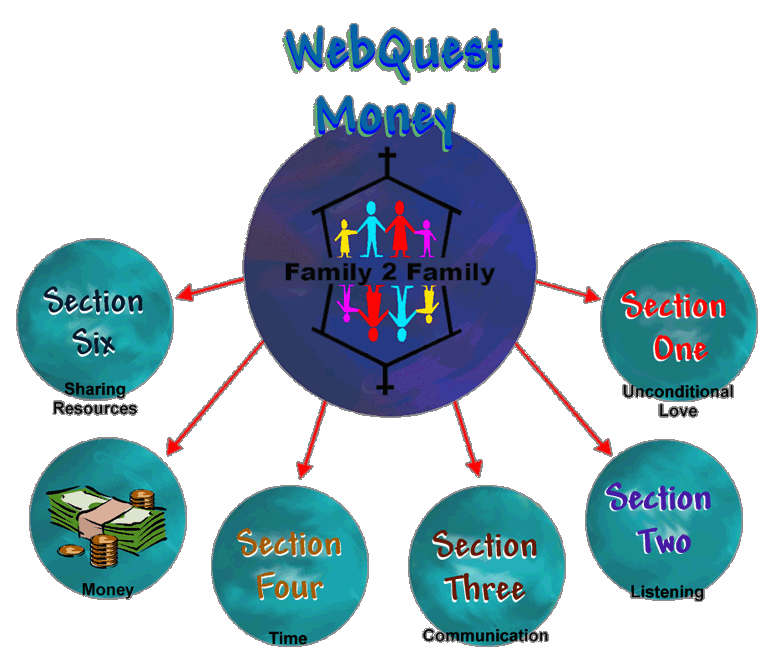|
Ways
to save money
-
Choose nearly new goods. Make the most of second-hand
offers from friends and relatives. Check that items are clean
and in good working order.
-
Avoid
impulse buys.
Don't go food shopping when you're hungry as you'll end up
buying twice as much. Make a list based on meals for the week
and try to stick to it.
-
Toys
needn't cost a fortune.
Arrange toy swaps with friends, or go to parent and toddler
groups so your child can play with a variety of toys.
-
Join
the club.
Supermarket clubs allows you to purchase bulk items for less
and some offer samples and money-off vouchers, so you may
want to sign up.
-
Cut
coupons.
Keep and use all the coupons and tokens you get free, but
only if they're for items you would buy anyway.
-
Watch
out for false economies.
If you buy economy brands, remember they may not be as effective
as more expensive ones. For example, if a cheaper product
does not work as well, you'll end up using more in order to
make it more powerful.
-
Stay
within your means.
Don't spend what you don't have. If you need to be really
strict with yourself, take cash (not checks or credit cards)
when shopping so you can't spend more than you'd planned to.
|
Your
Task
1.
In a mentoring team, discussion is essential. Allow each member
to share ideas during each step of the WebQuest process.
2.
During this study you will be discussing money management in the
home.
3.
Follow the six process steps.
Step
1 - Learn about the family history.
Step
2 - Read the case study and answer the reflection questions.
Step
3 - Produce a Problem Statement and add it to the Discussion/Communication
box to share what you have done with others.
Step
4 - Use the Links to go on a WebQuest to research on the web.
Step
5 - Produce a Hypothesis and use the Discussion/Communication
box to share what you have come up with.
Step
6 - Finally, use the Discussion/Communication box again to
reflect and share on the learning experience.
|
Step 1: Learn about a family
Pick
a family from the choices linked on the family history page
and learn about a family, their history and all the struggles
they are currently facing.
|
Read
a case study from one of the following categories that match the
family history that you read from Step 1
Create
a list on a piece of paper under the heading: "What do we know?"
This may include data from the family history, the case study, or
information based on prior knowledge.
|
|
STEP
1 | STEP
2 | STEP
3 | STEP 4 | STEP
5 | STEP 6
Step
3: Develop a Problem Statement
A
problem statement should come from your analysis of what you know.
The problem statement will probably have to be refined as new information
is discovered and brought to bear on the situation. Typical problem
statements may be based on discrepant events, incongruities, anomalies,
or stated needs of the family.
Need
Help? View Problem Statement
Helps
"What
is this families problem"
Problem
Statement Discussion Boards
Enter
The Family Life Curriculum Forum and submit your problem
statement on the discussion page.

|
|

|
|

|
|

Forum
Rules:
1.
You must log on by creating a user name and password.
2.
Each group should maintain the same user name to enable
discussion consistency.
3.
You may not use the discussion boards for sales or advertisements.
4.
You may not use profanity.
5.
Respect and courtesy for others is required.
|
|
List
on paper what is needed for your family. Presented with the problem,
you will need to find information on this topic to research family
issues. Make a second list on your paper under the heading: "What
do we need to know?" These questions will guide searches that
will take place on-line.
|
Step
5: Formulate a hypothesis
Under
the heading: "What should we do?" list actions that may
be taken, recommendations and solutions.
Need
Help? View Hypothesis Helps
"What
should we do?"
Hypothesis
Statement Discussion Boards
Enter
The Family Life Curriculum Forum and submit your hypothesis
statement on the discussion page.

|
|

|
|

|
|

Forum
Rules:
1.
You must log on by creating a user name and password.
2.
Each group should maintain the same user name to enable
discussion consistency.
3.
You may not use the discussion boards for sales or advertisements.
4.
You may not use profanity.
5.
Respect and courtesy for others is required
|
|
STEP
1 | STEP
2 | STEP
3 | STEP 4 | STEP
5 | STEP 6
Step
6: Reflection and Sharing
As
part of reflection and sharing, present your findings and recommendations.
The presentation should bring together all the material gathered in
the previous steps. Analyze the problem statement, questions, data
gathered, analysis of data, and support for solutions and recommendations
based on other peoples comments in the discussion pages to make an
argument to support your solution.
Need
Help? View Reflection Helps
"Conclusion"
Reflection
Statement Discussion Boards
Enter
The Family Life Curriculum Forum and submit your reflection
statement on the discussion page.

|
|

|
|

|
|

Forum
Rules:
1.
You must log on by creating a user name and password.
2.
Each group should maintain the same user name to enable
discussion consistency.
3.
You may not use the discussion boards for sales or advertisements.
4.
You may not use profanity.
5.
Respect and courtesy for others is required.
|
|
Lets
see what we have learned!
Distinguish
between Wants and Needs: You will save a ton of money if you
don't mistake wants for needs. Needs are pretty simple to identify,
those items that are necessary to sustain: Shelter, food, clothing,
transportation. Wants are those things that enhance or possibly
improve our family life. A car is a need. Unless necessary for your
business, a $40,000 Sport Utility Vehicle is a want, even if a lot
of people don't see it that way. Have you ever heard (or said) "I
absolutely need...?" when the actual meaning was "I really
want?" This is not to suggest that you shouldn't be able to
have the things you want, only that to delude yourself into believing
that a want is a need and busting your budget in the process is
a recipe for financial disaster.
Is
less better? Perhaps it was due to the booming economy, perhaps
"keeping up with the Jones's", maybe its ego, but for
many of us, we often seem to insist on the biggest and the best,
no matter what the cost. When a $15,000 new car may be more than
acceptable, we stretch the seams of our budget to afford a $25,000
vehicle. We buy $25 shirts with $35 designer labels attached. We
opt for the $100 dinner at the trendy restaurant when a $20 meal
would have been just as delicious. Think about where you are spending
the family money and how to see if there couldn't be savings found
with minor changes in habits.
Try
before you Buy: This goes a long way in helping to avoid the
silly purchases of things you rarely or never use. Before you buy
something, especially items with big price tags, borrow one, rent
one or try one out before you plunk down the cash. If you are bored
with it, or determine that it truly is not something you need before
you buy it (and you will be on a certain percentage of items) you
will definitely be bored with it, or find it not that necessary,
after! Example: You feel that you absolutely must have a new Jet-Ski,
at a cost of $4500 (and that is before financing and taxes). You
go to the lake, rent one, and 45 minutes into a one hour rental
you are saying, "geez, this is a long hour." Saved: More
than $4500 (perhaps a year of college fees for the kid!)
|
|




